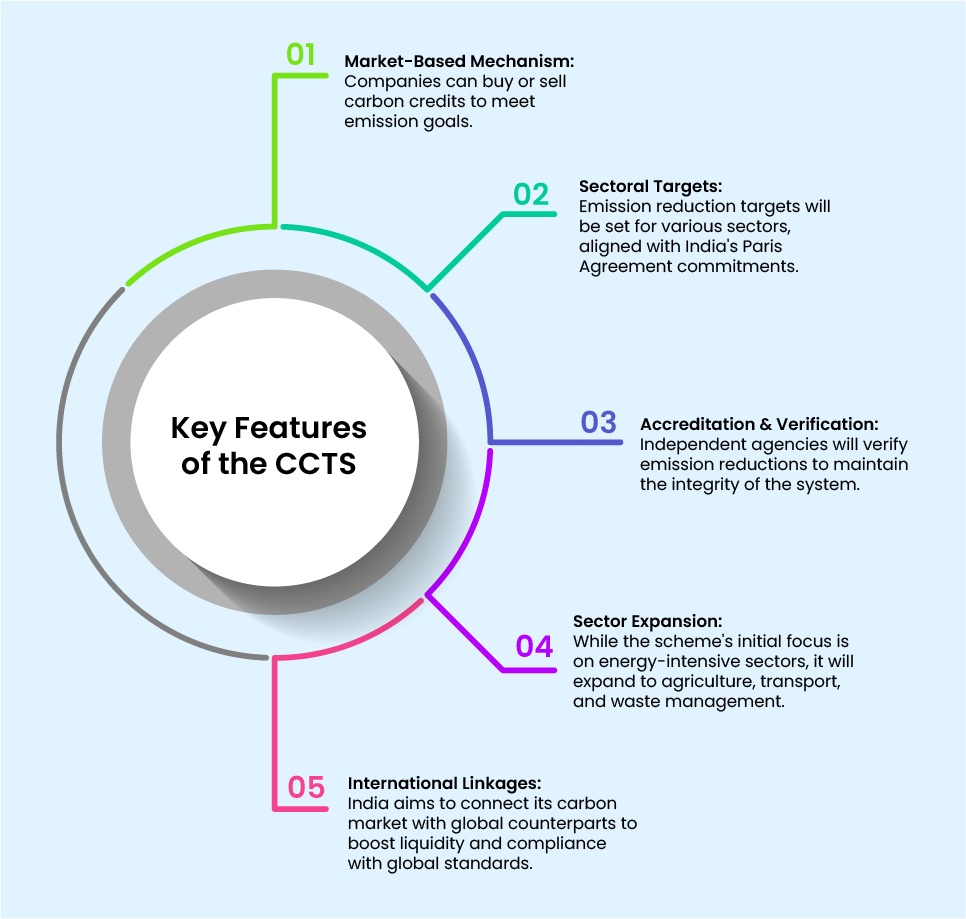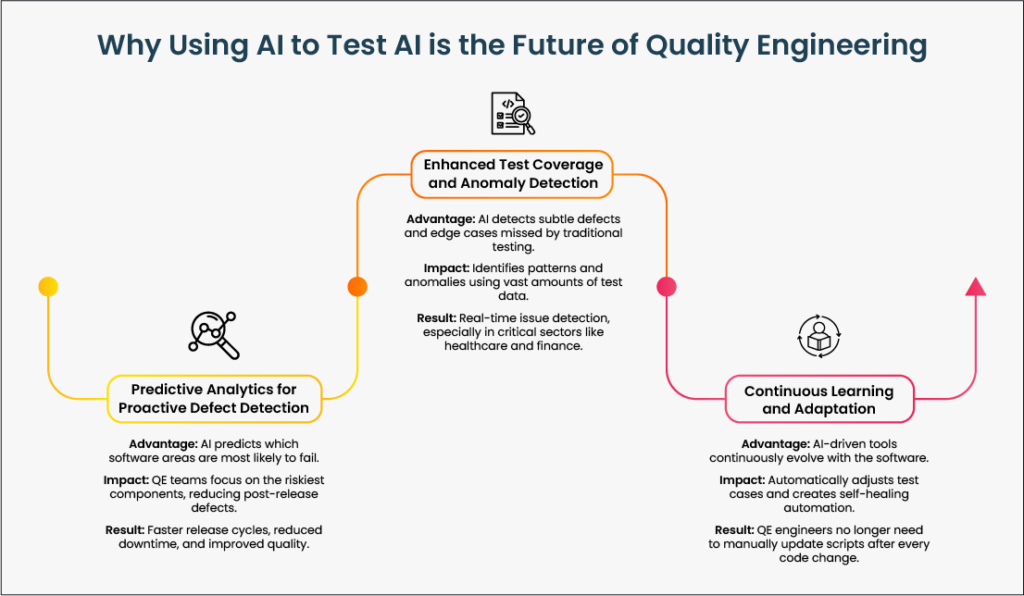Most real-world healthcare data is only incompletely available owing to patients’ privacy concerns, regulatory barriers such as HIPAA, and the sensitive nature of such data. Here comes the concept of synthetic data: artificial, made data representing exactly all the statistical properties of a real-world dataset. It appears to be the key transformation to the future of healthcare.
In this article, we plan to delve into the technical complexities of synthetic data, its applications in health care, how it can change clinical research, diagnostics, and patient management, and the technologies that make this possible.
What is Synthetic Data?
Synthetic data is regarded as artificially created data with behavior similar to realistic data. Several methods are used in creating synthetic data, including statistical models, machine learning algorithms, and Generative Adversarial Networks (GANs). Even though synthetic data does not contain any actual links to the patients’ files, anonymized data cannot be built to provide the complexity of real-world healthcare scenarios.
Key Characteristics of Synthetic Data:
- Fidelity: It appropriately mimics the structure and relations in actual datasets.
- Privacy: As synthetic data contains no actual patient data; it evades any consideration for privacy.
- Scalability: Synthetic data can be produced in mass quantities, providing varied sets for training AI models or running simulations.
Why Synthetic Data in Healthcare?
Healthcare is data intensive; hospitals, research facilities, and pharmaceutical companies heavily depend on patient data when making decisions. However, real-world healthcare data is limited in several aspects:
- Privacy Rules: Here, GDPR and HIPAA limit healthcare organizations’ usage and sharing of patient data.
- Lack of Data: Sometimes, the patient records contain incomplete data or missing parts, which can lead to a potential bias in the analysis.
- Expensive Data Collection: Collecting large-quality datasets is very costly.
- Limited Availability: Researchers, especially those in smaller institutions, lack diversified patient datasets.
Synthetic data solves such challenges, offering ethical, scalable, and cost-effective alternatives. Additionally, synthetically enriched datasets can include diverse demographic variables, rare conditions, and uncommon medical treatments that traditional datasets may not adequately represent.
Data generation techniques include techniques for creating artificial data
Many high-tech methods allow for the artificial generation of data. The most popular ones include:
a. GAN: Generative Adversarial Network
GANs are among the data synthesis techniques applied in the health sector. A GAN consists of two networks: a generator and a discriminator. The generator generates synthetic data, and the discriminator tries to determine whether it’s real or synthetic. Over time, it enhances the producer’s competency, thereby providing realistic-quality data.
GANs can learn from medical imaging datasets to produce synthetic MRIs, CT scans, or X-rays, for instance, which can be used as training data or to validate some algorithms in healthcare applications. Moreover, GANs have also been used to synthesize synthetic Electronic Health Records (EHR) data while keeping the clinical variables’ relations intact without revealing patient identities.
Example: python code
# Example of GAN-based synthetic data generation for EHR
from keras.models import Sequential
from keras.layers import Dense, LeakyReLU
def build_generator(latent_dim):
model = Sequential()
model.add(Dense(256, input_dim=latent_dim))
model.add(LeakyReLU(alpha=0.2))
model.add(Dense(512))
model.add(LeakyReLU(alpha=0.2))
model.add(Dense(1024))
model.add(LeakyReLU(alpha=0.2))
model.add(Dense(784, activation=’sigmoid’))
return model
This code is a simple generator for the GAN model that creates synthetic data modeling healthcare data features.
b. Variational Autoencoders (VAEs):
VAEs are another generative model for synthesizing synthetic health data. VAEs encode the real input data into some latent space. From this latent space, new data points are generated, retaining the statistical properties of the original dataset. Such models are particularly applicable in generating high-dimensional datasets in healthcare, such as genomics or omics datasets.
c. Bayesian Networks:
Bayesian networks are graphical models that represent probabilistic relations among various variables. In healthcare, these networks would be especially useful in generating synthetic data reflecting a causal relationship, such as the disease course or effects of a treatment regimen.
Applications of Synthetic Data in Healthcare
a. Medical Imaging:
Synthetic data has revolutionized medical imaging by providing a workaround for the limited availability of annotated datasets needed for training machine learning models. In this regard, GANs and VAEs are useful techniques to synthesize MRI, CT, or X-ray images. The use of such synthetic images helps radiologists and AI algorithms detect anomalies in medical scans with high accuracy. Synthetic imaging data further provides researchers with the opportunity to train deep learning models without issues of data scarcity or betraying patient privacy.
Example: GAN-generated MRIs: In a recent experiment on brain tumor segmentation, researchers used GANs to generate synthetic images of tumor MRI scans. They were able to train deep learning models to detect such cases with higher precision without requiring volumes of patient data.
b. Clinical Trials:
It’s in the mind that synthetic data should be used with traditional clinical data, and it especially applies to rare disease areas where getting patients into studies is difficult. Synthetic cohorts allow the investigator to simulate patient outcomes under different treatment protocols, thus speeding up drug discovery and testing.
For example, synthetic EHRs may enable pharmaceutical companies to simulate treatment outcomes for virtual cohorts of patients. This will permit hypothesis testing and drug efficacy checking and, most likely, cut the time and cost of clinical trials.
c. Data Augmentation:
Synthetic data will simplify the data augmentation process in machine learning, enabling stronger predictive models. Synthetic patient records or imaging data may help supplement small datasets in healthcare, mitigating overfitting and allowing greater generalization of AI models.
d. Precision Medicine:
Synthetic genomics, or the generation of omics data, opens new avenues for precision medicine in this regard. Researchers can investigate how certain genetic mutations affect disease risk or treatment responses in a manner that should offer personalized therapies within synthetic datasets that reflect patient genetics.
Regulatory and Ethical Considerations
Although synthetic data has a lot of value, it does present some very important regulatory and ethical questions:
Regulatory Frameworks: Healthcare regulators are still trying to understand how to classify synthetic data. Because such data does not emanate from actual patients, it may well be beyond existing regulations or outside the scope of regulatory agencies’ jurisdictions. Nonetheless, it has to comply with ethical requirements for the healthcare use of AI.
Data Generation Bias: Any model’s data synthesis has some biases or flaws. These can make the resulting dataset reflect such imperfections and result in flawed or biased research results or wrong AI predictions.
Validation: Synthetic data needs to be validated for fidelity as well as validity. Just because synthetic data may reflect realistic data, it doesn’t make it good enough for time-sensitive healthcare applications.
Some of the advanced tools and frameworks that have recently emerged to support the generation of synthetic healthcare data are as follows:
CTGAN: The abbreviation for Conditional Tabular GAN, an open-source tool for producing synthetic tabular data. It is commonly implemented in health care to synthesize EHRs.
Synthpop: This is an R tool for producing synthetic versions of sensitive data. It has been widely used to generate privacy-preserving datasets in health care.
Data Synthesizer: An Open Source Synthesizer Generating Synthetic Datasets with Privacy Preserved. The tool supports Random, Independent, and Correlated Attribute Mode models.
Glimpse of the Future of Synthetic Data in Healthcare
Synthetic data has tremendous potential in healthcare. Improved AI and generative models can significantly accelerate innovation across a few areas:
Telemedicine: With the increasing concept of telemedicine, it may be possible to design synthetic data-based training datasets for AI systems involved in remote patient monitoring and diagnostics.
AI in Diagnostics: Training on synthetic data that simulates rare or less-represented conditions can increase the accuracy of disease diagnosis for patients by healthcare systems, especially in rare diseases.
Cross-Institutional Research: Synthetic data can ensure the safe sharing of healthcare data across institutions. This facilitates global collaboration without adding any further issues related to privacy.
Unlock the future of healthcare. Learn how synthetic data can revolutionize patient care, diagnostics, and AI-driven research!
Get in touch
Conclusion
Synthetic data represents a paradigm shift in healthcare because it allows data to transcend its potential shortcomings in access, scalability, and privacy issues. Researchers, clinicians, and AI developers would be free to innovate without compromising patient privacy or ethical standards. With the continued innovation in generative models, including GANs, VAEs, and Bayesian networks, synthetic data is going to become instrumental in shaping the future of healthcare, from clinical trials and diagnostics to personalized medicine.
By responsibly using this technology, the health sector may unlock unprecedented possibilities in patient care, research, and innovation.












